
Ironman Edition
The Unbreakable Athlete
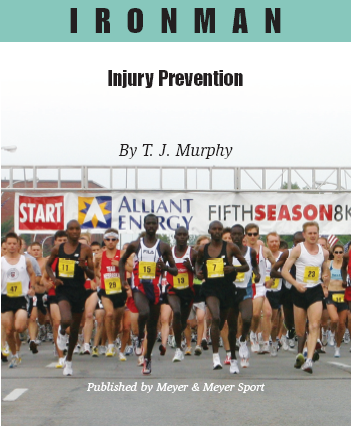
British Library Cataloguing in Publication Data
A catalogue record for this book is available from the British Library
T. J. Murphy
The Unbreakable Athlete Injury Prevention
Ironman
Oxford: Meyer & Meyer Sport (UK) Ltd., 2005
ISBN 978-1-84126-879-8
All rights reserved, especially the right to copy and distribute, including the translation rights. No part of this work may be reproduced including by photocopy, microfilm or any other means processed, stored electronically, copied or distributed in any form whatsoever without the written permission of the publisher.
2005 by Meyer & Meyer Sport (UK) Ltd.
Aachen, Adelaide, Auckland, Budapest, Graz, Johannesburg, New York, Olten (CH), Oxford, Singapore, Toronto
Member of the World
 Sports Publishers Association (WSPA)
Sports Publishers Association (WSPA)
www.w-s-p-a.org
Printed and bound by: FINIDR, s. r. o., esk Tn
E-Mail:
www.m-m-sports.com
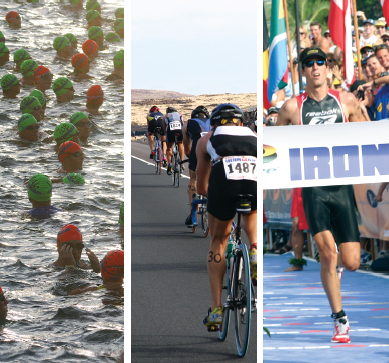
Contents

Acknowledgements
For their tremendous support over the years and the opportunity to write freely about the heart and soul of triathlon, a very special thank you to Kelly Mione and Fran Arfaras, my editors and friends at Ironmanlive.com.
For their great spirit and dedication to the sport, thanks to the great staff at Triathlete Magazine, a team Im lucky and proud to be a part of.
And for the opportunity to be their editorial voice in San Francisco, thanks to Bob Babbitt, Lois Schwartz and John Smith at Competitor Publishing.
You might think you know your limits, but you dont. You wont find out what youve really got to offer until youre really pushed to the brink, and even then you can do more than you think. You find this a lot in this sport and its why theres a delicate balance between what your body can deliver and what your mind thinks youve got. At times your mind can run off with your body and you really pay. The main thing you learn in this sport is that there are going to be times when you feel absolutely miserable, but its part of the experience; and if you keep working, things will turn around ... you just have to keep plowing along.
Tim Twietmeyer,
five-time winner
of the Western States 100

Introduction
The golden rule of triathlon says that success is staked more in consisistency than motivation. Once youve caught the triathlon bug, motivation is easy. Triathlon is the easiest sport in the world to overtrain for. Triathletes burn out all the time. To fulfill your potential as a triathlete requires you to spread your desire evenly across the days, months and years in what often seems a never-ending sequence of workouts. The thing that often gets in the way, sending you packing back several squares, is an injury or illness, or a weakness of commitment when challenged by the day-after-day effort required regardless of weather or mood.
For those enjoying longevity in triathlon, many have learned a number of critical lessons the hard way. More than a basic injury prevention book, this book seeks to present below-the-surface lessons with the hope that those new to the sport can learn from mistakes that have caused countless strains, pulls and slides into the heavy depths of overtraining.
But this book strives to go beyond the physical. Equally important, and far more important in regard to the Ironman triathlon, is the unbreakable mind and the undeniable spirit. Being out on the course for 10 or more hours hands you over to a battle with inner demons and weaknesses at a time when youre most vulnerable.
In addition to tips and techniques, this book, using stories from the race course, is intended to be a roadmap to the deeper strengths that exist within us all.


Lessons Learned the Hard Way
THAT DONT HAVE TO BE LEARNED THE HARD WAY
A top triathlon coach once said to me stealing from a saying about crashes in cycling there are two types of distance runners: those who have had a running injury and those who will have a running injury.
Theres nothing more energizing for a runner than to look at a well-crafted training plan on which you are about to embark. It could be six weeks, 12 weeks, 24 weeks, or a year or multi-year plan. Common components include long runs, base mileage, threshold runs, track workouts, Fartlek, easy runs, weight training, stretching, and on and on. If its your first training plan, such a written plan can be particularly inspiring because you feel youre looking at a launch into the world of high fitness. If youre experienced, the excitement lies within chasing a new time goal, a new distance to be covered, or the goal of beating someone else. Regardless, its fun to pour through and imagine the future.
What youll never see in a training plan, whether youve drafted it from a book, torn it out of the pages of a magazine, or paid a coach to write it for you, are injuries that may well be lurking out in the future, tripping you at week three or week 10. Generally speaking, one of the prices you pay to be an athlete is that there are no guarantees against getting injured. Any athlete who thinks he or she cant get hurt is probably the most likely to end up getting hurt.
Those new to running or triathlon have probably heard something about this, but the likely fact is that they didnt register it nor really believe it. Over and over, it has to be learned the hard way. A friend of mine by the name of Marla was a perfect example. I was living in New York at the time and training for the Ironman Triathlon World Championship (in the following referred to as Hawaii Ironman) in 2000. Marla approached me about how to take up running and, as all runners are, I was happy to answer her questions and make suggestions on how she should start. Also, like most veteran runners (and coaches), I know that Ill never have all the answers, and anyone who says they have all the answers should be avoided at all costs. Still, considering my experience and relative ability, Marla would have been smart to listen to me.
Id told Marla that the key to successfully getting a running program off the ground was to start slow and with a low amount of mileage. For her, I figured two to three times a week at 20-30 minutes would be plenty. I suggested that itd be best if she kept it to two runs a week and added some cross-training biking would be perfect once or twice a week. I said sticking with a simple program like that for 3-4 weeks would be a tremendous start; she had zero athletic background (she was in her mid-20s), and starting gently like this would give her bones, muscles, and tendons a chance to be exposed to the new stress and gradually adapt by getting stronger. If she followed a cautious schedule, she could lessen the chance of injury, and increase her progress. I also recommended buying a good pair of running shoes.
Next page
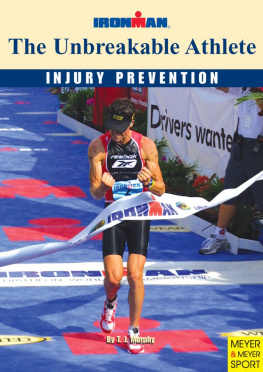
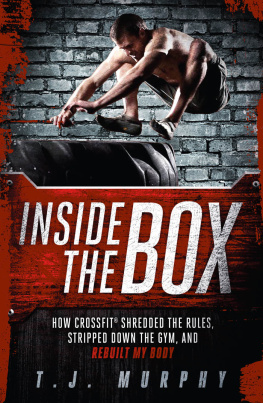
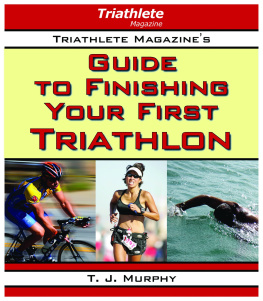
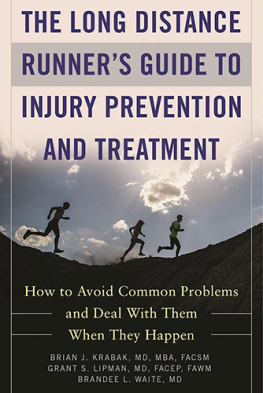
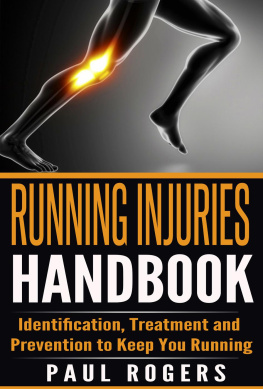

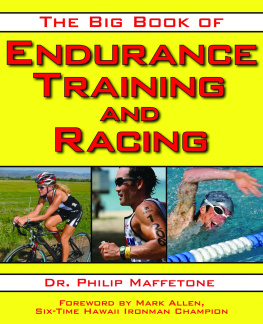
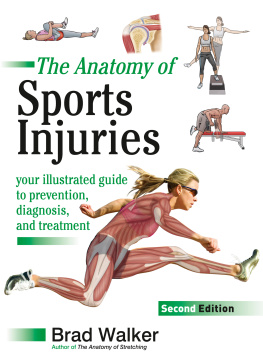


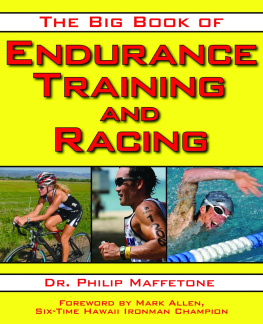
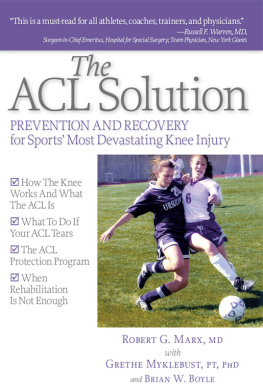
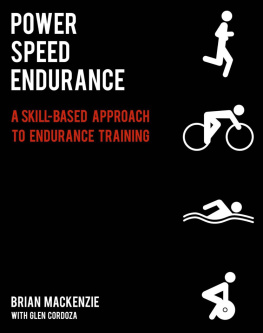


 Sports Publishers Association (WSPA)
Sports Publishers Association (WSPA)



